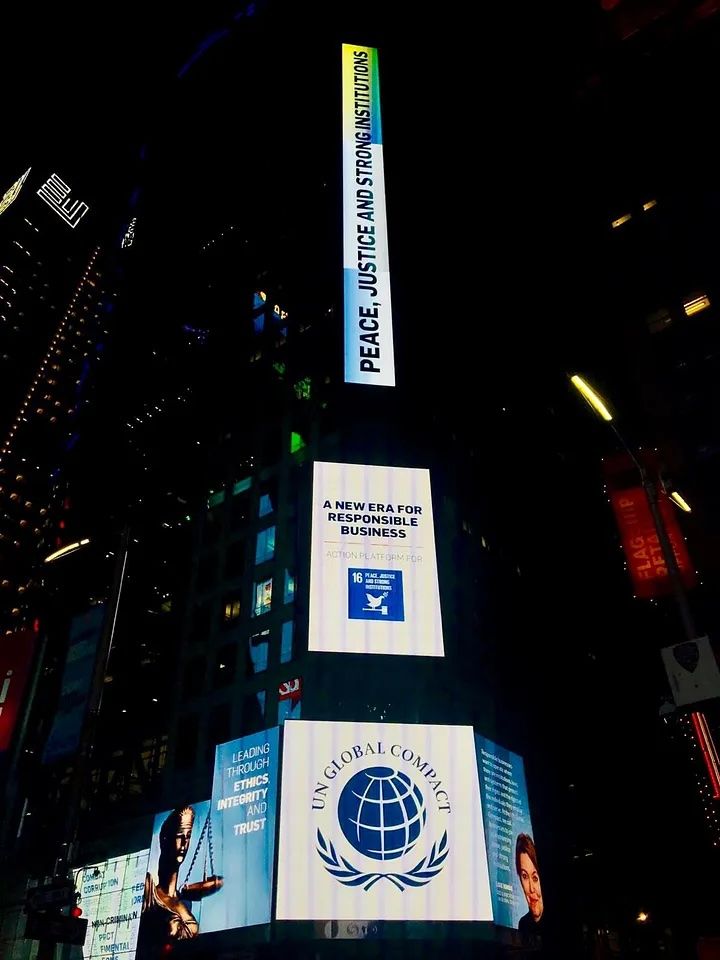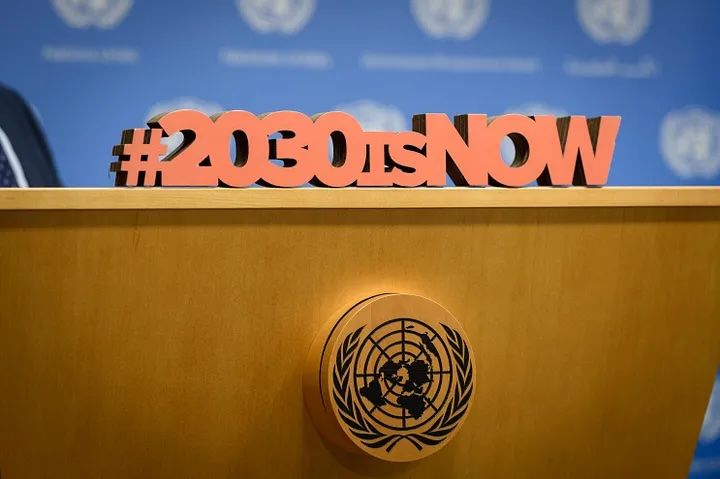From the SDG Summit to a Decade of Action for the SDGs
Contributors: David StevenDid the summit deliver?
The SDG Summit ended with a challenge from Trisha Shetty, Young Leader for the SDGs:
Leaders of the world, you made a bold commitment in 2015. But you are failing. We need a dramatic change of course in 2020. This is make or break for the planet.

The summit also struggled to gain visibility in a packed week at the UN, with reports that energy at the summit was “flagging” and “attendance in the stakeholder gallery was low.”
As I noted in the first article in this series, SDG16 attracted more Acceleration Actions (voluntary commitments from governments and other partners) than any other goal bar SDG17, but the total number of these actions was disappointing. Just 24 new pledges were made to accelerate action to deliver SDG3 (health), for example.
In the political declaration, leaders promised much greater ambition in the implementation of the SDGs. Despite some green shoots, they are yet to show that the declaration is more than words.
What happens over the next year is therefore of great importance. Will the pace lag, as it did after the 2015 summit that agreed the SDGs? Or will the SDG Summit trigger an increasing mobilization?
Learning from climate

I heard lots of talk last week about “climate envy” as people working on the SDGs looked longingly at the Climate Action Summit.
The contrast between the two summits was striking:
- Urgency — as climate was boosted by the Greta Thunberg mobilization and her message to world leaders that “change is coming, whether you like it or not.”
- Action — with the Secretary-General promising “action plans, not platitudes.” He told leaders: “from the beginning, I said the ticket to entry is not a beautiful speech, but concrete action.”
- Preparation — the UN has been working all year to make sure that “only the boldest and most transformative actions [will] make the stage.” Countries were even excluded from participating if they were still committed to coal.
- Platform — the summit was explicitly framed as a catalyst for an ongoing process — setting the stage for countries to ratchet up their commitments to reduce emissions in 2020 as envisaged in the Paris agreement.
While many argue the summit didn’t achieve nearly enough, its outcomes were undoubtedly more tangible than what came out of the SDG Summit.
The summit press release had four pages of announcements and deliverables. The Climate Action Portal presented 28 transformational initiatives with the potential to drive an “upsurge” in mitigation and adaptation. And the President of Chile led a Climate Ambition Alliance of 59 countries who are prepared to commit to steeper targets to reduce emissions in 2020.
Is the UN serious about a decade of action?

The SDG Summit’s political declaration offers a platform for an ongoing mobilization:
- Decade of Action. In response to the declaration, the SG called for a Decade of Action, with major campaigning organizations already mobilizing to support this.
- Closing the Gap. As part of its 75th anniversary, the UN is committed to a global conversation which will focus on what actions, solutions, and collaborations are needed to close the gap between the aspirations of the SDGs and current trajectories.
- Annual SDG Action Platform. At the summit, the SG promised to convene “an annual platform for driving the Decade of Action.” The first platform will be part of the UN’s 75th anniversary summit.
Following the climate model, the challenge is to start work immediately to build urgency, run a preparatory process focused on transformational actions, and to use each annual platform to push towards measurable results by the second SDG summit in 2023.
To be successful, we need:
- An early signal from the SG that he is serious about the Decade of Action and that — as with the Climate Summit — the ticket to entry for the 2020 SDG Action Platform will be a willingness to announce action plans and transformational initiatives.
- An open invitation to contribute to the UN@75 global conversation on closing the gap — and to use it as an opportunity to build consensus behind strategies for accelerating progress towards the goals.
- A decision to keep the Acceleration Action portal open — rewarding early adopters who contributed actions for the SDG Summit, re-designing and relaunching it so it has a greater profile, and flagging actions that have transformational potential.
- An ambitious alliance for each SDG — an informal “guiding coalition” that will catalyze the global conversation, drive preparations for the 2020 SDG Action Platform, and lead the call for ambitious acceleration actions.
- Political leadership from the President of the General Assembly (and candidates for the next PGA), the President of ECOSOC (especially on financing more ambitious implementation) and a mobilization by the SDG Action Campaign, One Campaign, Global Citizen, etc.
- An ongoing process where Acceleration Actions and other commitments are reviewed during the next cycle of HLPFs — through the VNRs and thematic SDG reviews — increasing accountability through the reporting process.
Next in the series: implications for the SDG16+ community.
Related Resources
